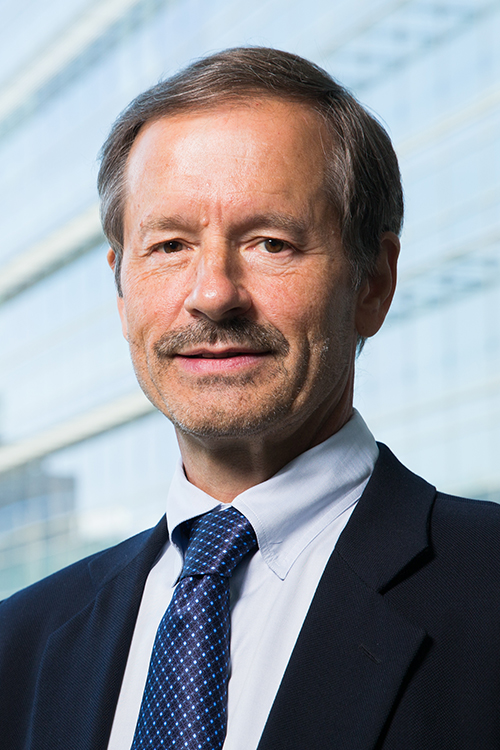Collaborators use new strategies to study cancer's spread
By Jen Singer


If cancer didn’t metastasize, or spread, it would be easy to cure, says Lewis Cantley, the Meyer Director of the Sandra and Edward Meyer Cancer Center at Weill Cornell Medicine. “We could merely cut it out, and it would not return,” he says. “We would be done.”
But cancer is complicated. It can spread to other organs, tissue and the blood, and no two people have exactly the same kind, says Cantley. Preventing its spread would bring scientists closer to a cure for the disease that claims more than 600,000 lives per year in the United States. Finding new ways to study cancer and how it spreads is the goal of the Center on the Physics of Cancer Metabolism, a new translational research program that taps into expertise at Cornell’s College of Engineering and Weill Cornell Medicine, with investigators at MD Anderson Cancer Center and the University of California, San Francisco.
“For decades, cancer research has almost exclusively relied upon cancer cell lines,” explains Cantley, who leads the program with Claudia Fischbach-Teschl, associate professor in the Nancy E. and Peter C. Meinig School of Biomedical Engineering. Cantley says these cancer cells were grown on plastic petri dishes, and “of course, in vivo [in the body], they never grow on plastic.” As a result, cancer research hasn’t truly represented the disease, he says.
At the Center on the Physics of Cancer Metabolism, that’s changing. The program, established with a National Cancer Institute grant, relies on collaborations between physical scientists and cancer biologists to determine how scientists can study cancer differently, “and come up with new ways to prevent it, to treat it, to diagnose it,” says Fischbach-Teschl, who will provide physical science expertise for the center. The focus is on understanding how cancer cells produce energy to help tumors grow.
Using cells collected from patients in New York City, investigators in Ithaca will create 3-D tissue models that mimic the structure and function of real organs to help simulate how cancer cells grow and metastasize, and determine how they respond to therapies in the body.
“Using this strategy, we will be able to discover new mechanisms that may contribute to cancer and could not be studied with cell lines or using the conventional approach of culturing cells on plastic,” says Fischbach-Teschl. “Integrating computational strategies further advances our work, as this helps us predict a patient’s cell response to a specific stimulus.”
“This new approach is getting a better understanding of what’s going on in a patient’s tumor,” says Cantley, “and it gives us a better chance to develop drugs that will have a bigger impact on the disease.”
Funded for five years, the center will initially focus on triple-negative breast cancer, which doesn’t respond well to existing treatments. Investigators will test cancer drugs that haven’t yet been FDA-approved for use in patients and medications approved for other conditions, such as diabetes. The hope is to expand the research to other cancers, such as prostate, lung and brain tumors.
“We are seeing a time in cancer that’s really the tipping point,” says Cantley. Collaboration will be key to taking it to next level, he added. “It is absolutely essential for success in science, particularly for science that’s as complicated as cancer.”
Jen Singer is an editorial consultant for Weill Cornell Medicine.
Media Contact
Get Cornell news delivered right to your inbox.
Subscribe